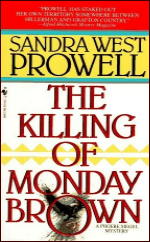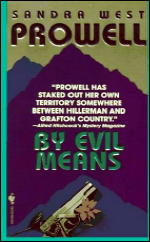Tue 18 Jul 2017
Reviewed by David Vineyard: ROBERT L. FISH – The Wager.
Posted by Steve under Bibliographies, Lists & Checklists , Characters , Reviews[6] Comments
ROBERT L. FISH – The Wager. Kek Huuygens #4. G. P. Putnam’s Sons, hardcover, 1974. Detective Book Club, hardcover, 3-in-1 edition. No paperback edition. Expanded from the short story “The Wager” appearing in Playboy, July 1973.
Though he is best remembered today for writing the book that the Steve McQueen movie Bullitt was based on under his Robert Pike pseudonym, Robert L. Fish in his day was one of the genre’s great success stories, author of the popular Captain Jose de Silva mysteries, the outrageous Schlock Homes parodies, and bestselling suspense novels such as Pursuit and The Gold of Troy.
For my money, though his best work were his tales of smuggler par excellence Dutchman Kek Huuygens (K Hi-gins is my best guess on pronunciation), a handsome and charming gentleman adventurer in the vein of Arsene Lupin. Huuygens stars in a collection of short stories and several novels, having made his debut in the latter form in The Hochman Miniatures.
The Wager opens with Kek living well in New York with his latest beautiful mistress Anita, involved in a low stakes game of Blackjack with a fellow member of the exclusive Quinleven Club in Manhattan. Watching the game on the side is one Victor Girard, a former dictator of the French-speaking Caribbean island of Ill Rocheaux, and only recently allowed in the country after being deposed and escaping narrowly.
The unpleasant Girard accompanied by his ever present gunmen bodyguards has a proposal for Kek, the wager of the title: He will bet fifty thousand dollars against Kek’s five thousand that Kek cannot smuggle a valuable Chinese artifact, “the Village Dance,†into the United States and deliver it to him.
Girard has already laid on a thief to steal the object from the museum in Ill Rocheaux, who will deliver the object to Kek for the next step in the operation. It seems almost simple, and Kek can resist anything but a challenge and an almost certain profit.
It isn’t simple, of course. There is an American named Ralph Jamison aboard Kek’s ship, and he is almost certainly a policeman of some sort, and the thief turns out to be Kek’s old friend André Martins, who has not succeeded in stealing the object and is in desperate trouble. Kek has no choice now but to steal the object himself.
To a book, the Kek Huuygens books are slender, fast-paced and intelligent reads with a charming protagonist who is a clever updating of the gentleman crook of yore. The writing is smart, the dialogue clever, and Huuygens one of the more attractive protagonists of his era. Better still there is no bad place to start in the series and they are all available in e-book form from Mysterious Press.
Fish makes it all look so easy, you may have to stop along the way just to recognize how effortlessly all the elements have been juggled into the perfect mix, the literary equivalent of one of those summer umbrella drinks served on a cruise.
The Kek Huuygens series —
The Hochmann Miniatures. NAL, 1967
Whirligig. World, 1970
The Tricks of the Trade, Putnam 1972
The Wager. Putnam, 1974
Kek Huuygens, Smuggler. Mysterious Press, 1976 (collection)
— Merry-Go-Round. Argosy, Nov 1964
— Counter Intelligence. Argosy, Sep 1965
— The Hochmann Miniatures, Argosy Mar 1966
— A Matter of Honor. MD, Win 1969
— The Wager. Playboy, Jul 1973
— A Collector.
— Sweet Music.

